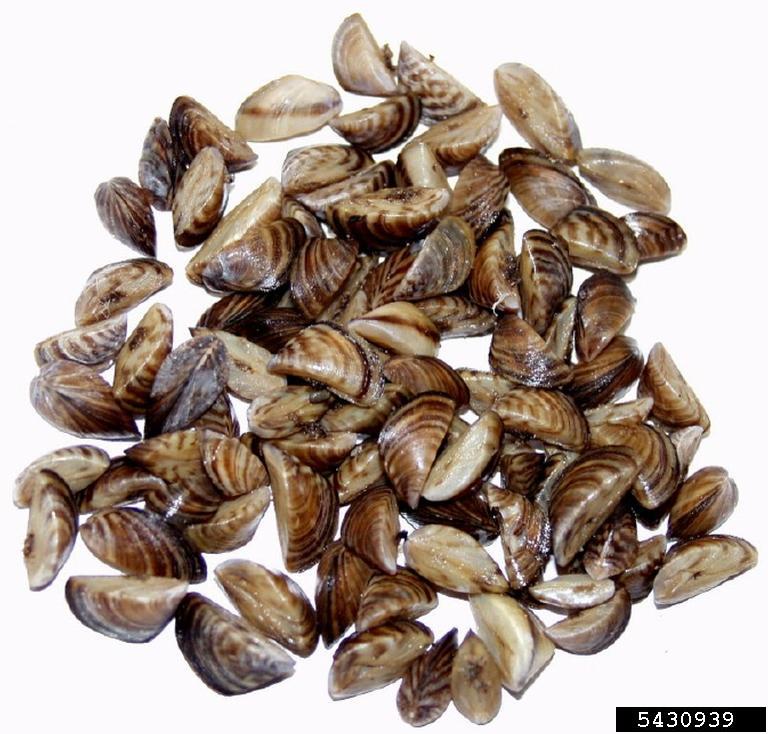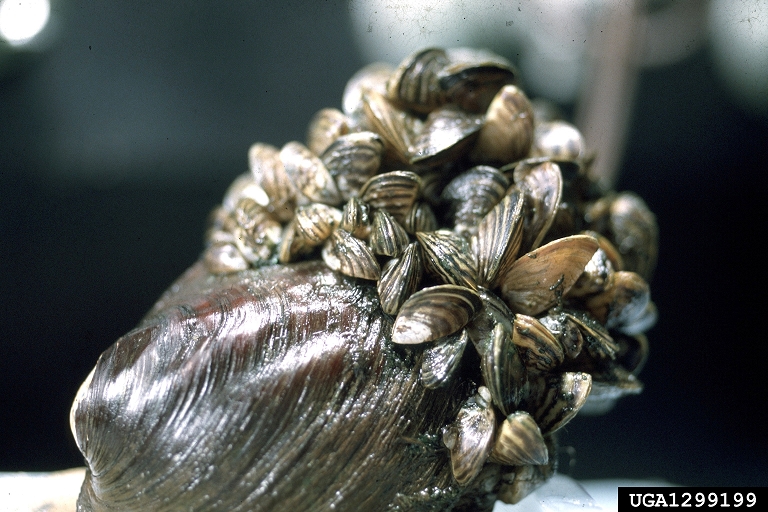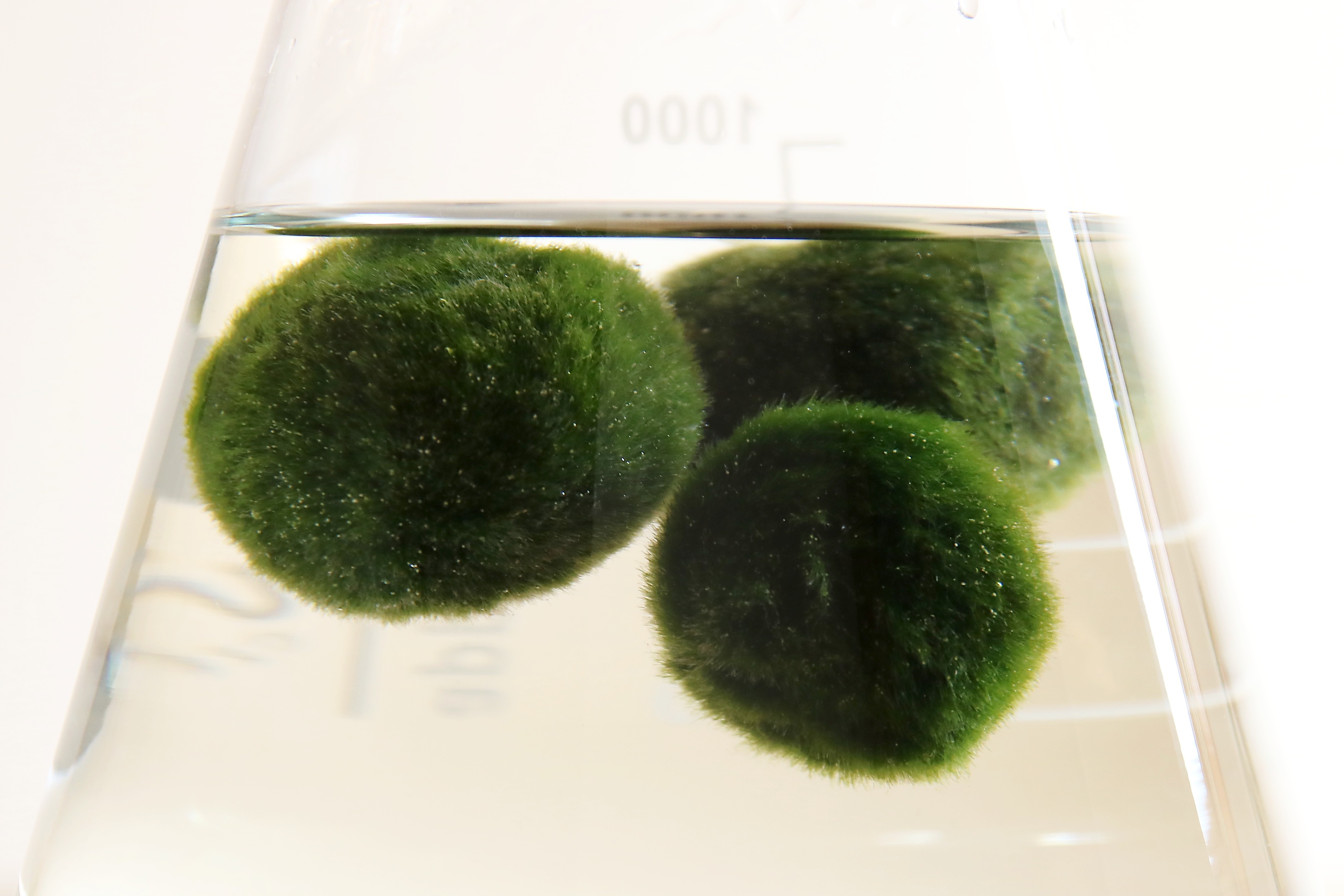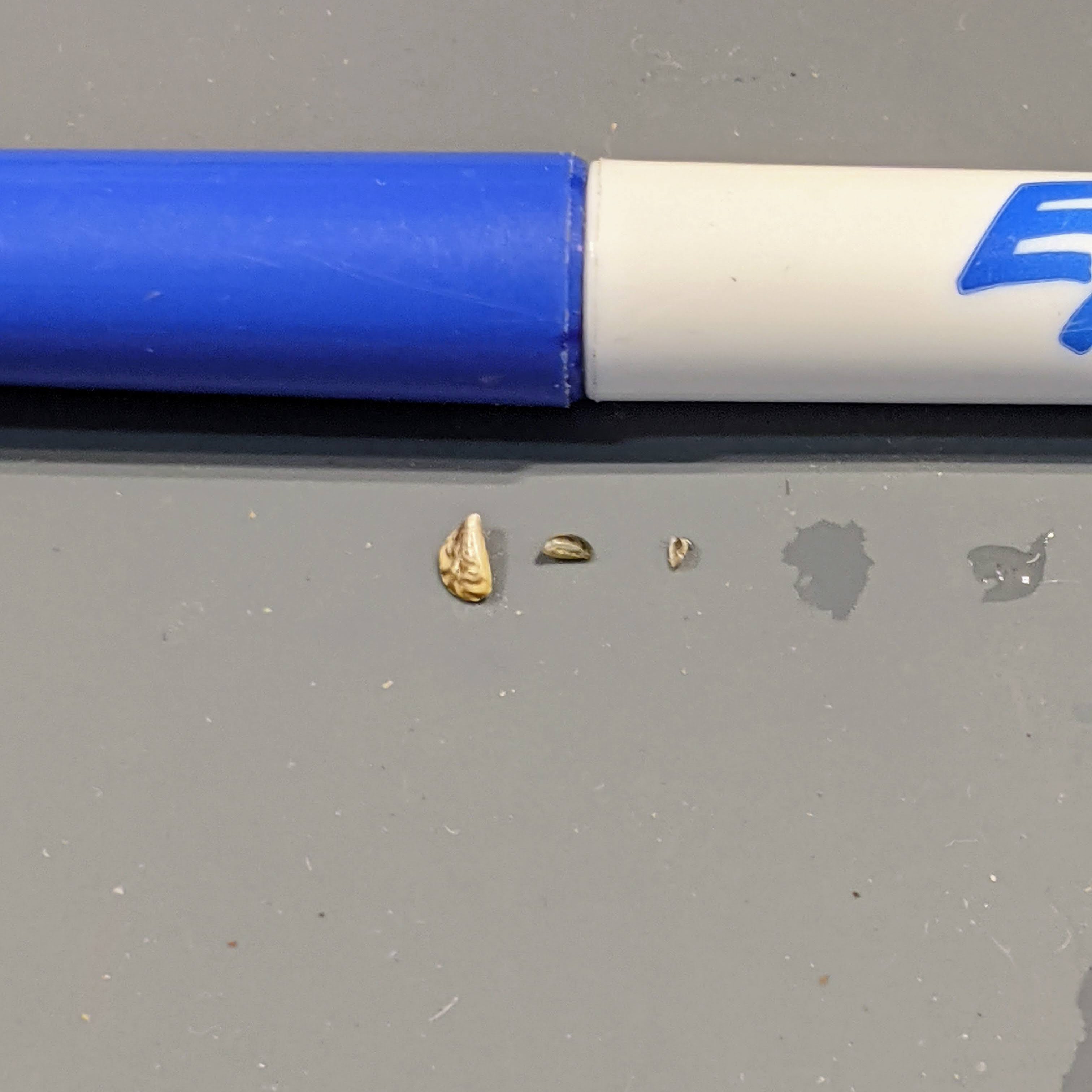
Zebra Mussels Discovered in Popular Aquarium Plants
An invasive species biologist's nightmare unfolded last week as my email inbox filled with reports from over thirty states telling of live zebra mussels being found in a popular aquarium product known as "marimo," or "moss balls."

A tiny freshwater invertebrate, zebra mussel (Dreissena polymorpha) is one of the most highly invasive--and destructive--species introduced to North American in past century. Despite their individual size, zebra mussels are know to cause billions of dollars of damage to intrastructure and disrupt native aquatic habitat. The species is a management headache for fisheries and power plant managers.
Believed to have arrived in the ballast of a cargo ship, zebra mussels were first discovered in Lake Saint Clair, Michigan, in 1988. They are now found throughout the Great Lakes and Mississippi basins, Washington, California, Utah, Colorado, and the Northeast states.

In Virginia, the Department of Wildlife Resources (formerly Game and Inland Fisheries) successfully eradicated a population of zebra mussels in an isolated 90-acre quarry. At present, there are no known wild poplulations of zebra mussel in Virginia.

Although called "moss balls," plant nerds like me will point out that marimo is actually a freshwater algae, Aegagropile linnaei, native to shallow lakes in central and northern Europe and Japan. Eastern Europe is also the native range of zebra mussels. Marimo forms spherical masses that drift on sandy lake bottoms. Aquarists prize them for the unique shape and vivid living green.

Marimo on the shelf at my local pet store.

Zebra mussels found in the marimo at my local pet store.
What to do if you have marimo
You can report finding zebra mussels in your marimo here >>.
To protect your local waterways, the US Fish and Wildlife Service recommends a three step action:
DESTROY, DISPOSE, DRAIN
Do not dispose of the moss balls in drains, waterways, or gardens. Moss balls must be destroyed and disposed of in a sealed container in the trash.When following any of the methods listed below, ensure that the disposal method you choose is in compliance with your local state laws and animal welfare regulations.
DESTROY in one of three ways:
Freeze - Place the moss ball into a sealable plastic bag and freeze for at least 24 hours.
Boil - Place the moss ball in boiling water for at least 1 full minute.
Bleach / Vinegar - Submerge the moss ball in chlorine bleach or undiluted white vinegar for 20 minutes.
DISPOSE of the moss ball and any of its packaging in a sealed plastic bag in the trash. If vinegar, boiling water, or bleach was used, the liquid can be disposed down a household drain —never down a storm drain where it could enter and damage local waterways.
DRAIN and clean the aquarium.
https://www.fws.gov/fisheries/ANS/zebra-mussel-disposal.html
The Virginia DWR would like you to also know that:
Under no circumstance should moss balls, or any aquarium species, be released into the environment. Penalties for the unlawful act of releasing zebra mussels, which are known to be associated with these moss balls, may reach $25,000 and may include additional fines for investigation and eradication. [posted on DWR Facebook feed]
 Virginia Invasive Species
Virginia Invasive Species